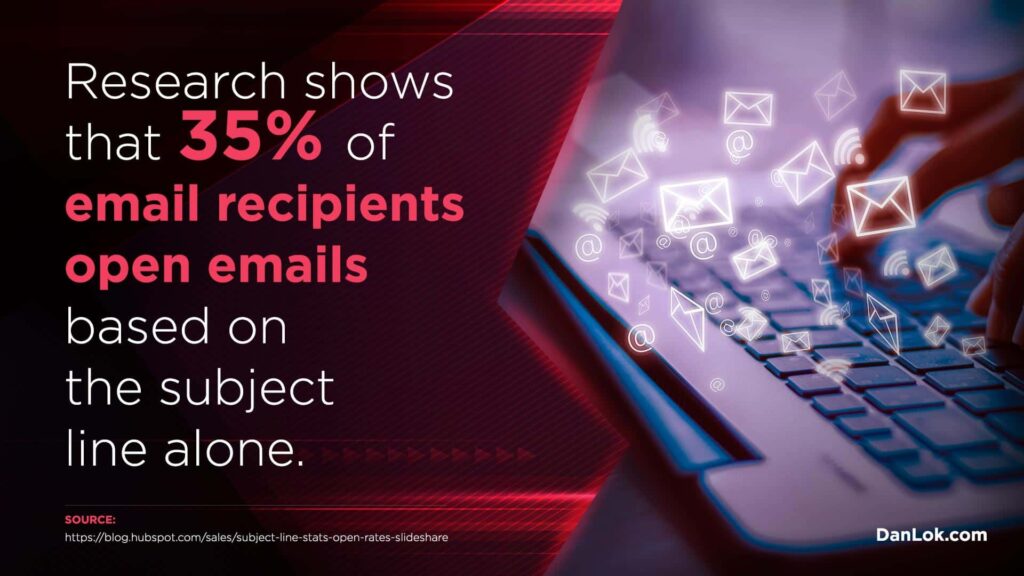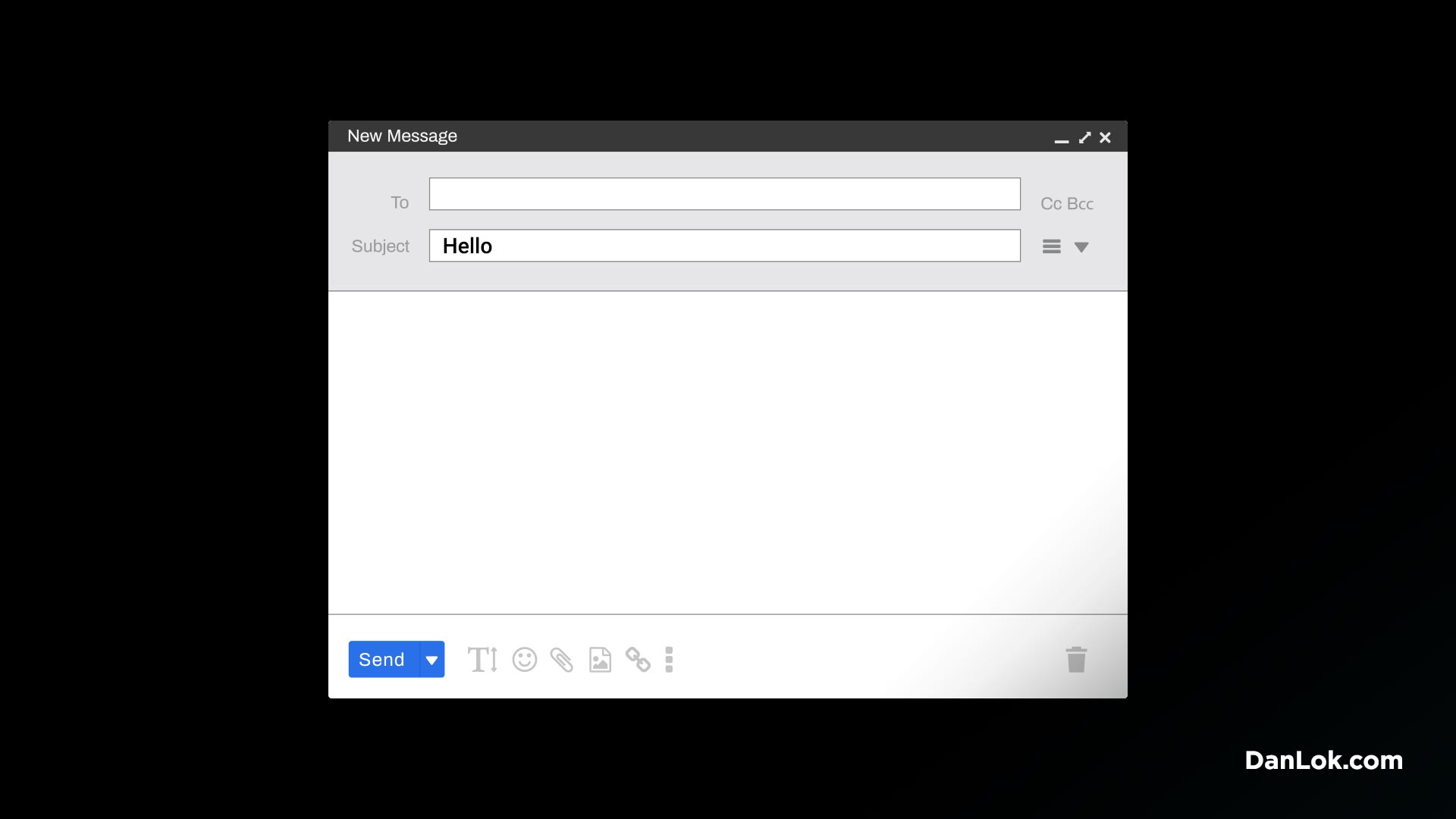Coca-Cola was born in 1902. Since then, the brand has been loved and celebrated all over the world.
From “The Great National Temperance Beverage” slogan in 1906 to the recent “Share a Coke”, it’s no wonder that Coca-Cola is an iconic American beverage. And it’s reached far beyond the United States, growing into a global empire over the last 100 years.
Can you imagine Coca-Cola without also thinking about great times? Even the red and white colors and the iconic Spencerian font say happiness.
How has the company maintained a consistent brand over such a long period of time?
Coca-Cola’s secret is simple: branding.

What makes great brands so amazing?
Omnichannel brands stand out because they’re everywhere. They aren’t limited to a physical location, a specific social media platform, or a single marketing method.
Coca-Cola is a wonderful example of a brand with an omnichannel strategy that stood the test of time and succeeded in the process.
But you’re probably thinking, That’s because they’re Coca-Cola. There’s no way my company can get from here to there.
Sure, you’re probably starting out with a fraction of the impact (and budget) that they had. But Coca-Cola didn’t start where they are now either.
So how can you get from where you are to where Coca-Cola and other large companies have grown?
Simple. Study great brands. Pay special attention to the qualities that differentiate stellar companies from the others. Then do your best to instill those qualities into your business today.
Better yet, we’ve already studied numerous companies with strong brands for you. Interestingly, there are 5 common qualities that make these companies stand the test of time.
1. They stand out.
No one ever wanted to buy a product from a company that didn’t have a great story. Or from a brand that didn’t differentiate itself from the competition.
In fact, we often don’t choose products solely because of quality. We buy based on emotion and justify that emotion with logic later.
One of the biggest impacts on a buyer’s emotional decisions is the branding of the company. Does the buyer have a reason to buy from you and not your competitors? Do they feel connected to your company somehow? Why wouldn’t they wait and try it out later?
The best businesses’ brands make obvious two things:
- Why their product stands out among their competitors.
- Why customers should buy the product now.
2. They don’t limit themselves.
If you’re trying to impact the world with your company, you’ll need to reach more than a small group of people.
You’ll need to appeal to the old and young, people from the city and country, the rich and poor. You’ll have to bridge the gap between all the little differences that separate people.
This can’t happen unless you’re building a brand that can encompass multiple channels and impact millions of people across those channels.
It’s important, of course, to have a clearly-defined audience. When your company is in it’s beginning phases, it’s best to find a niche audience and to nail your marketing strategy for that group of people.
But as they grow, the best brands use their omnichannel strategy to approach a broader and broader audience.
These companies don’t say, “We’ve maxed out the market. There’s no way our product could reach more people.” Instead, they innovate, so they can reach more people. That’s how they end up changing the world.
3. They educate.
Great brands don’t just blindly share content and hope it strikes a chord with their followers. They strategically position themselves to be an expert voice for the issues relevant to the company brand.
Often building a world-changing brand means changing the way people think about your industry. This takes well-planned content and a brand that reflects the new ideas the company is introducing to the world.
For example, Dan educates salespeople about how to grow from sales associate to top closer in High Ticket Closer. Without Dan’s unique insights into sales, this product wouldn’t be a reality. Without a well-planned content strategy, there would be no way to share these breakthrough ideas with the people who need them.
If you have a product that’s innovative, unique, and world-changing, chances are you have a huge opportunity to educate your target audience about it.
Besides, with the information economy in full swing, people will research you. We all Google companies we like, check out their social media, and visit their website.
If we don’t find what we like, we mistrust the company. After you’ve lost a customer’s trust, there’s not much chance they’ll buy your product.
How can you keep your customers’ trust? Create an omnichannel brand that educates your customers.
4. They entertain.
Entertainment is cheap in today’s world. Many platforms are perfectly built to both educate and entertain, so smart brands build a strategy with a good dose of both.
Gone are the days when you can reach people by putting your logo on a billboard. Today’s customers see through typical ad styles. They’re calloused to the huge letters and flashy music.
So it takes something unique to get today’s generation to notice your brand. Something that makes them laugh. Something that reaches beyond the clickbaity nuisances that today’s customers all tune out.
Calculating entertainment into your strategy is one of the best ways to make sure people remember your brand. (Geico ads, anyone?)
5. They personalize.
The best companies focus on the customer first. They use conversational marketing or work directly with influencers. These companies know their success comes down to how well they can reach the customer.
In today’s world, we’re bombarded with ads at every turn. We also have the ability to do all the background research necessary on any given company at our fingertips.
We’re used to chatbots and retargeting ads.
So what stands out today is the brand that still adds a personal touch to their marketing strategy.

How can you create an omnichannel strategy?
Rome wasn’t built in a day, and Coca-Cola didn’t create its brand without years of trial and error. It will be the same for your company. However, planning a strong strategy beforehand will give you a competitive advantage as you grow your business.
There’s no one-size-fits-all model that will fit every company. One channel may work for some companies while it fails to reach customers for others. There are, however, several universal keys to keep in mind as you’re building a unique omnichannel strategy for your company.
Keep the customer in mind.
Value creation is the most important key to a great brand. Unfortunately, most companies get caught up in following the latest marketing trends.
This approach is a crippling mistake.
Fads pass, but loyal customers will be the advantage your company can have. It stands to reason, then, that every decision you make about the future of your company should be centered around one question: how will this strategy improve our customer experience?
This perspective will help simplify your approach as you build your strategy for the coming years. If you’re not sure what your customers need or want, ask them. Take some time to put out surveys or get on the phone to listen to what your customers are saying.
An investment in your customers now will pay off decades down the road. - Dan Lok Click To TweetCompound that growth with years of investment in your customers, and you’ll have a brand as solid as Coca-Cola or any other great company you admire.
Dominate one channel at a time.
Don’t try to take over the world in the same month. Focus on building solid growth in one or two channels that are most important to you. Maybe the best thing to focus on is email marketing or Facebook ads. Maybe YouTube is the channel you should try out first.
This strategy is far more effective than trying to spread out your marketing budget over a dozen channels you want to eventually use.
As you study social media secrets and other tactics to help you expand, you’ll quickly learn which channels are the top priorities for your company brand.
When you’ve dominated the key channels that can help you grow today, you can move on to taking over several more. After you’ve mastered those, you can break through to other avenues of growth. Continue this, and you’ll have your omnichannel brand before you know it.
Remember that everything is sales.
If it’s not selling, it’s probably irrelevant to your ultimate growth. - Dan Lok Click To TweetThink about that statement again. What are you doing now that is simply not helping your company grow? Cut it out.
With every Facebook post, every Instagram story, and every tweet, you have to pay attention to basic persuasion secrets that can be the difference between selling your product or failing to do so.
Not everything has to be an outright sales pitch. But every little thing you do either convinces potential customers to trust your brand more or turns them away from it entirely.
As you’re building an omnichannel strategy, cut out anything that doesn’t sell.
Don’t forget your personal brand.
Your personal brand has more of an impact on the company image than you realize. If you instill trust in the people who look up to you, you’ll automatically transfer that trust to your company.
But if you neglect your personal brand or accidentally build an image that is untrustworthy or shady, you’ll hurt your business more than any other marketing fail can.
Even if you don’t realize it, you have a personal brand. It’s yours to take control of. And it’s never too late to get started building a strong one.
If you take the steps now to make your personal brand something people trust, it will be one of the most beneficial assets to your company as it expands.
With these tips, you should be set to build a solid foundation for your company’s growth.
Are you unsure of building your omnichannel strategy alone? Dan Lok has worked with people like Jeremy Hanes and Brian Tracy to help them build strong brands. If you’re 100% committed to success and need some clarity of how to get there, check out Dan’s consulting options.
Whether you choose to build your strategy alone or enlist a consultation with someone like Dan, you’re headed in the right place just by finishing this article.
Now, all that’s left to do is build the omnichannel strategy you need to drive your company to success.









































